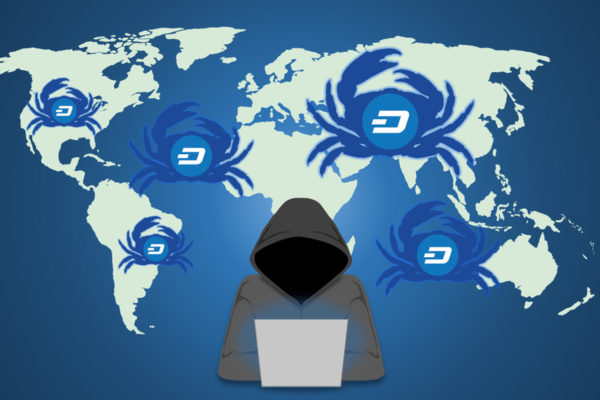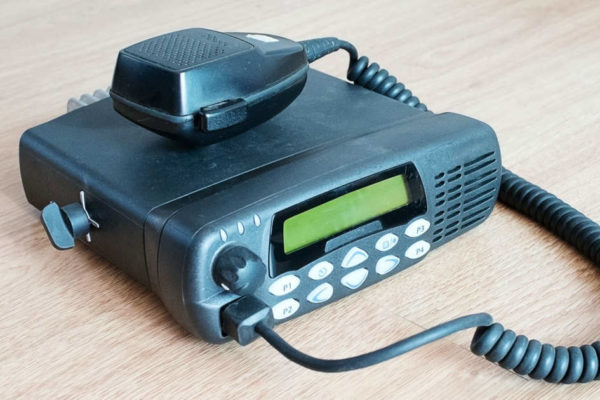Since the past decade, there has only been an increase in cyber threats and cyber-attacks. Millions of users have been affected by this vicious act of violence by behind-the-screen criminals that aren’t usually caught so quickly. It takes a big team, a couple of days sometimes weeks to recognize where the attack has come from. Not only this, but it has become easier for criminals to access information by the advancement in technology if your security isn’t high enough.
It is easy to tell you’ve been attacked when the ‘symptoms’ are clear enough. Companies and businesses who have taken into consideration the seriousness these attacks involve, most definitely prepare their team for the imminent threats. Not just the IT team of a company should be aware of the early-detection and its preventions, but all company employees need to be made aware.
Without further ado, here are some of the ways you can detect a cyber-attack:
Shadowy Pop-Ups
If you start getting weird ads that involve you in no way, know that this is only the beginning of a cyber-attack. These mysterious little pop-ups will lead you to a direct pathway of putting your computer’s and data’s health on risk. All employees should know that even if you move to click cancel on some ads on your computer, it may lead to the opening of the virus-filled website. AVOID clicking the ad and pop-up in any case.
Indolent internet connection
The most common type of attack is a DDoS; distributed denial of service and DoS; Denial of Service attacks.
This attack involves rapid data requests so much so that it overloads the connection and the organization’s server and eventually causes it to elapse. When your connection becomes mysteriously slower and slugger, consider it a meaningful detection of a cyber-attack.
Unidentified emails from anonymous senders
Employees and workers must be aware of the fact that phishing is a common threat to your system. If your system security isn’t strong enough as well as your passwords, and you’re not practicing safe email protocol, you can easily be ‘phished.’
Sometimes an email pretends to be from a trusted organization or website that allures you into clicking the link they have attached. So when you click, it automatically starts downloading multiple software in your computer that leads to freezing and sometimes complete blockage of your data unless (in most cases) you pay the ransom.
DO NOT open links in unknown emails from unknown senders.
Suspicious login attempts
Almost all the renowned websites and social media platforms provide an option of password retrieval whenever you forget your password. You can easily change your password from anywhere in the world by following a few links asking a few questions that only you know when you answered at the beginning of making that account. BUT, when you get a suspicious login attempt email, know that you are close to being attacked.
Make sure your passwords are strong enough so when anyone outside the company tries to access the data, it is denied and you are automatically made aware. DO NOT ignore this sign, follow the emergency and quick safety procedures to secure your system and data.



